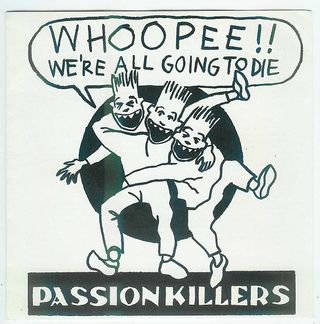Professor Kathy Black peppers each startled student enrolled in her University of South Florida Sarasota-Manatee class with a single question on the first day: “How old will you be when you die, and what are you going to die of?”
Halfway through the course, shaking them up again, she schedules a field trip to a local funeral home, including a tour of the embalming room. After frank talk about the emotions he deals with in his work, longtime funeral director Gary Wiegand enthralls the class with a short course on preserving a dead body
“They become aware of their own mortality,” she says. “Many of them change their mind about cremation, or being organ donors. Then they start to question their religion. They start to look at death, life, meaning in a more existential way.”
When Hannelore Wass, founder of the journal Death Studies, introduced a class on dying at the University of Florida in 1970, she was greeted with nervous jokes about what would be on the final exam.
“They called me the Death Lady,” Wass recalls. “They thought I was way off-base.”
Even after death studies became an accepted academic specialty, medical and nursing schools tended to minimize end-of-life issues. Now, Wass notes, the field is back in the spotlight. Although politicized by talk about “death panels” in the recent health care reform debate, the need to contain costs and improve care has forced a fresh look at how Americans die — mostly in hospitals, mostly without advance directives or wills.
“Each generation has to deal with the issue all over again,” says Wass, who lives in a Gainesville nursing home. “I think that as the population is aging, that may be one reason: We’re having to face it more and more.”
“Even professionals are not always comfortable talking about death and dying,” Black, a teacher with the presence of a motivational speaker, tells the class during a session on health care. “They are also human beings, and a constellation of their own personal experiences.”
“Everybody wants to travel to Europe, or write a book,” she says. “But for a lot of these people, this raises the question of what’s going to go in the middle. It forces them to consider how they want to live their life.”
Then Black throws a curveball. “Bad news,” she tells them: “You only have a year to live. What comes off the list?”
Next, after they have erased all their goals that take too much time, she gives them more bad news: They only have a couple of weeks left.
“People cry,” she says. “They’re gasping in class. This is a class where you walk out and you look at the trees differently. You look at life differently.”
Whole article here.



Gosh – I know a few professionals (well that’s what they call themselves) who could do with looking at the trees differently
Go Kathy. You’ll make us change how we look at death, re-shape how we live and help us stop burning up the planet in a futile hedonic cycle.
Interesting how this highlights the fact that our default position, from which it takes a positive effort to evolve, is an underlying pretence that death is a myth. It informs all our interactions with each other and with our temperamental mechanisms for dealing with our survival and social lubrication. We cling on to it like a life raft – an inflatable life raft with a slow puncture, to pursue the image – and it makes it so difficult to deal with the reality of death, even to talk about it, as many who comment on this blog are apt to… Read more »